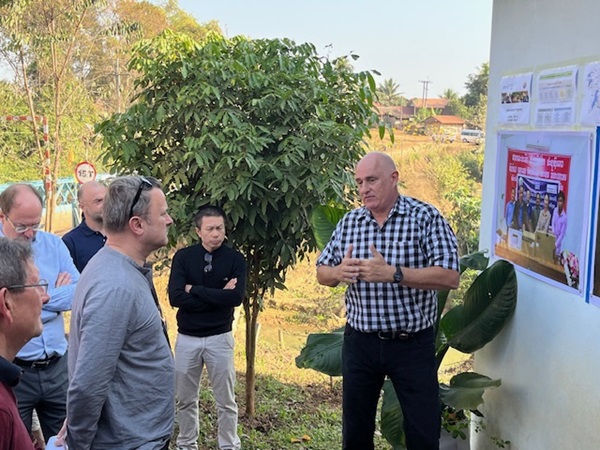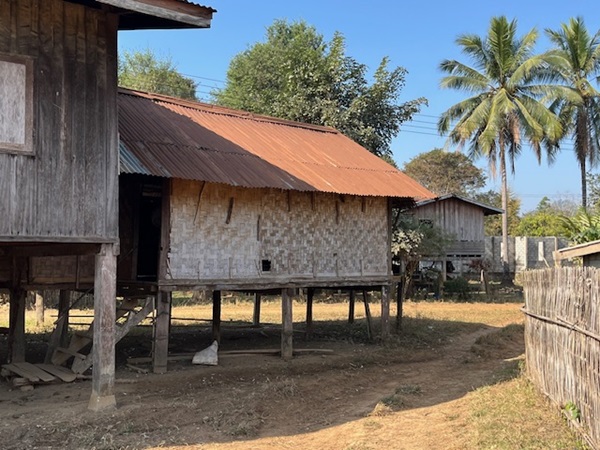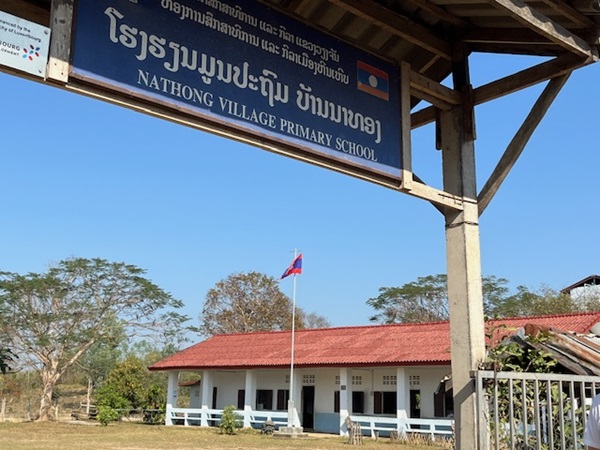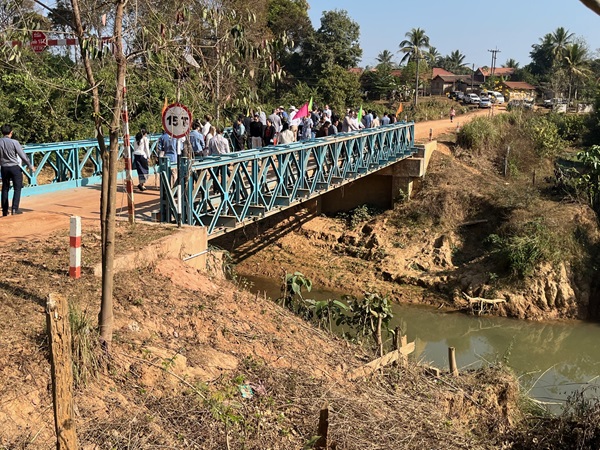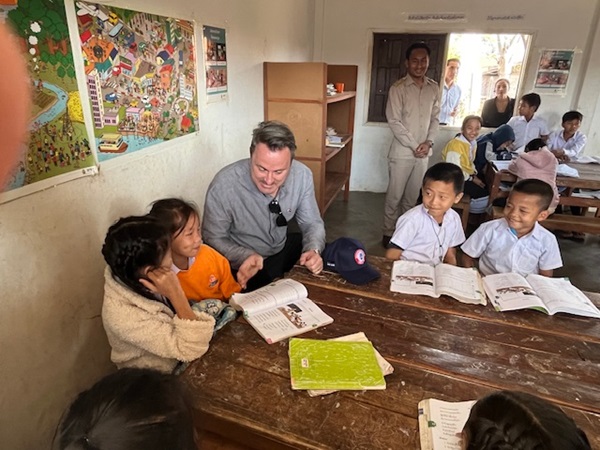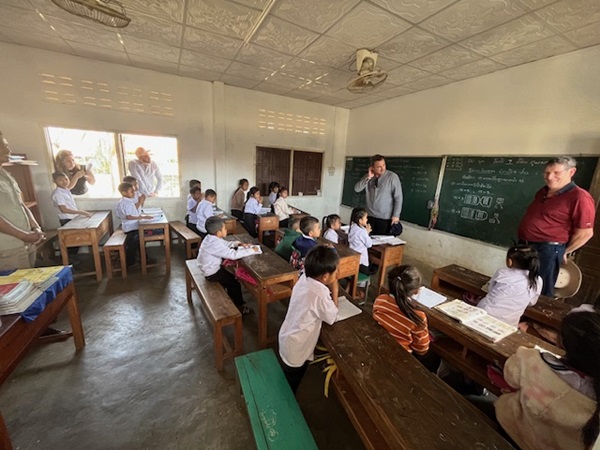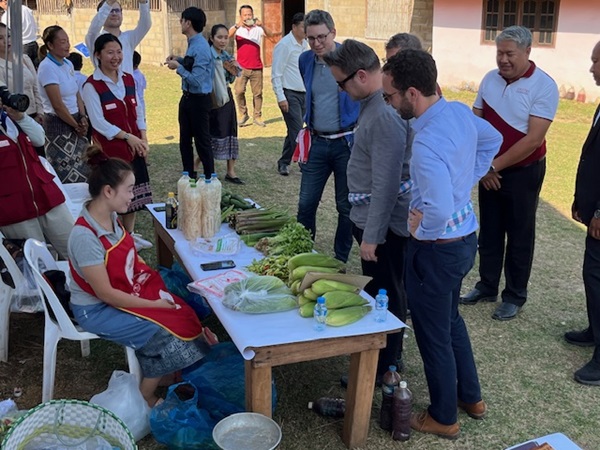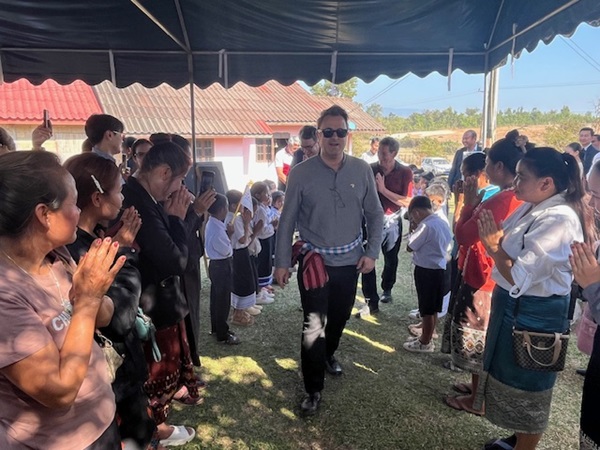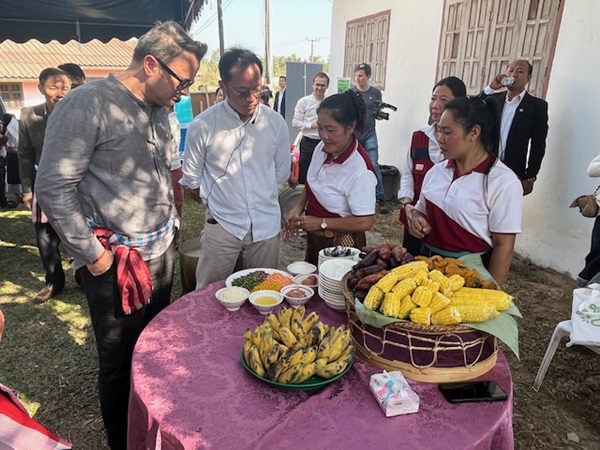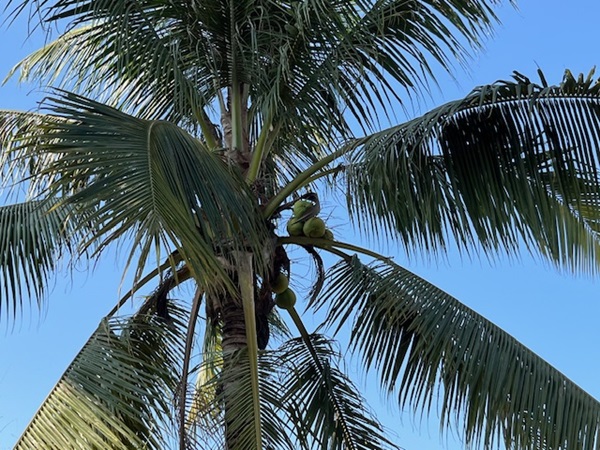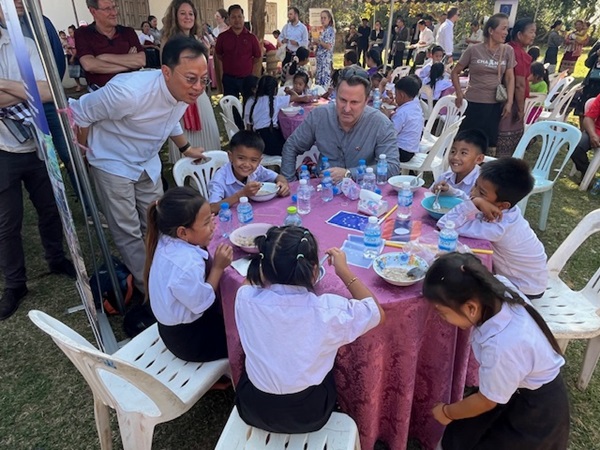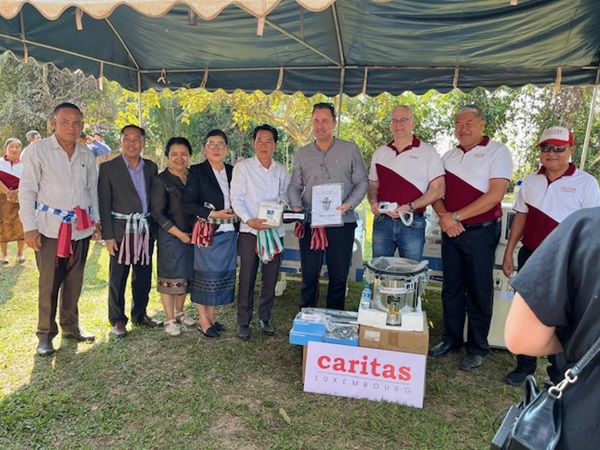 Minister Bettel at Nayang Village;
Credit: chronicle.lu
Minister Bettel at Nayang Village;
Credit: chronicle.lu
On Wednesday 7 February 2024, day three of Luxembourg's Minister for Development Cooperation and Humanitarian Affairs, Xaviel Bettel, visit to Laos in south-east Asia, the visit saw the minister and delegation visit Nathong Village and the Maria Teresa Hospital in the morning.
From Vang Vieng, the delegation travelled an hour by road to Hin Heub district and Nathong village; while half the journey was by a two-lane motorway, with hardly any other traffic on it, the other half was on unpaved roads which linked villages.
Nathong Village
The village was established in 1976 and now consists of 65 households with a total population of 364 people. It hs 84% electricity grid connection and good mobile phone coverage; its primary school covers years 1-4, with grades 5-13 at another school the other side of the river, and 81% of households own at least a motorcycle. The most important sources of income are rice, livestock and provision of labour outside the village.
The village is supported by the Local Development Programme implemented by LuxDevelopment. The IDF supported the construction of a bridge and the improvement of the village water supply system. The LAO/030 supported various activities including provision of child-centred education materials, water filters, fencing of the school, opening of a credit scheme and the piloting of livelihoods such as frog, duck and catfish raising, bee keeping and the provisions of improved stoves for cooking.
All around, the paddy fields lay parched in the sun, waiting for the rainy season to arrive in May/June before being planted and put to their intended use. On the way into the village, cattle, water buffalo, goats and dogs roamed the roads, with chickens, ducks and geese penned in to stop them escaping.
The trip included an exchange with the Development Committee of the village outside the renovated meeting hall, discussing setting village priorities and the participatory planning process. Minister Bettel was particularly interested in a display of local products, including woven baskets, hats and other items of clothing.
Upon disembarking at the entrance to the village, the delegation saw and crossed the Bailey bridge, a portable, pre-fabricated, truss bridge; this replaced a previous low-lying wooden bridge which was completely impassable three months of the year, during the rainy season.
Peter Hansen from LuxDevelopment covered what initiatives had helped the village, and Somchit Siliphong, LuxDev Village Development Advisor, together with the village chief, explained the village and how it benefits from LuxDev funding.
The delegation saw over the renovated primary school where Minister Bettel took a keen interest in sitting and talking with the children of different classes.
LuxDev
LuxDev has spent €60 million between 1999 to 2022, while the current Laos Development Programme has a budget of €33.9 million for 2023-2027 - most of the budget was in the form of grants from the Luxembourg government with contributions from the Government of Switzerland since 2020. The LuxDev projects have progressed from small district-based and technical assistance-driven projects to large multi-province programmes with a strong focus on national ownership, alignment, fund delegation, community-led development and governance strengthening.
Nayang Village
The Minister and delegation also visited a Caritas Luxembourg project in Nayang Village.
Caritas Luxembourg is involved in many projects, including some that address nutrition; this project was initiated by Caritas Luxembourg and now receives EU funding. In Nayang Village, the Minister and delegation were shown a cultivated area (protected by a poly-tunnel where one family was growing crops from chillies and cucumbers to onions and corn; they had also learned to include plants such as marigolds which deter insects from the young and tender vegetables.
One aim is that this project will serve as an example to others who will adopt similar techniques and be able to grow their own crops, for either personal use or for commercial reasons.
The water tower there was also an example of where some of the funding went.
The area was also used as an outdoor community centre, with women and children (aged up to 5 years) enjoying a meal together cooked by some of the volunteers.

